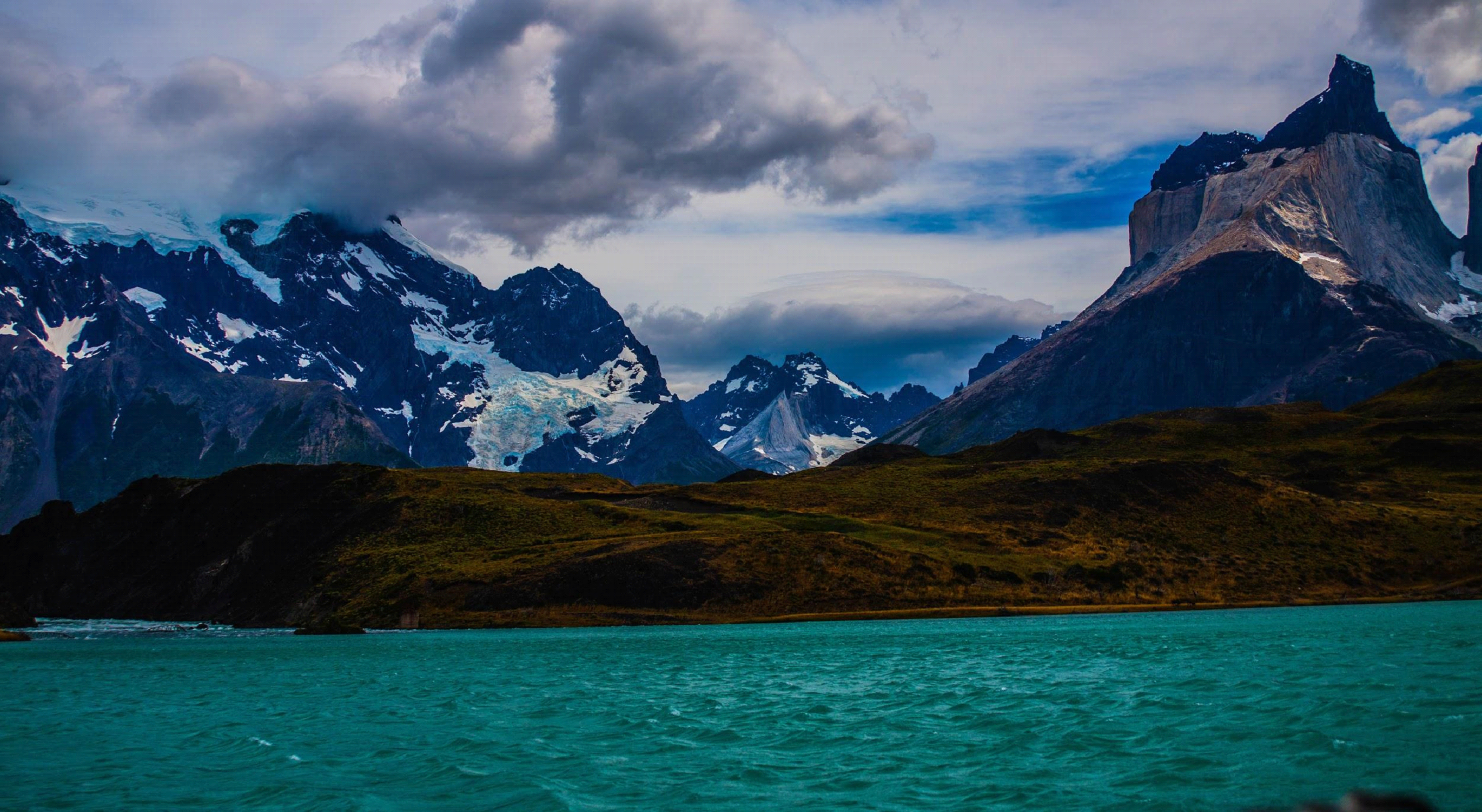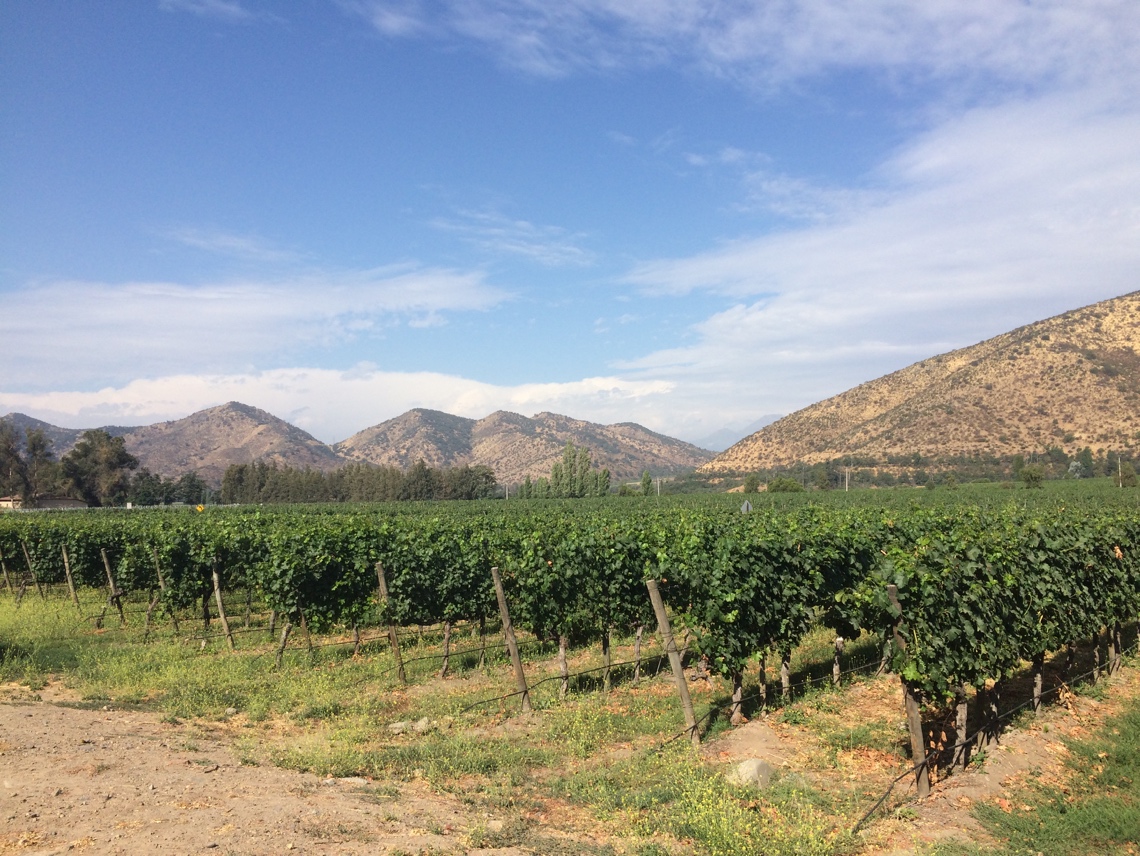A few years ago, there was a sub $1,000 business class deal on LAN from New York to Patagonia. We were disappointed with ourselves that we didn’t take advantage of it since Torres del Paine in Patagonia is on our travel list. Fortunately Prasanna, a Washington, D.C.-based photographer from the site imported from baltimore, recently went; here are his practical tips for visiting Torres del Paine National Park in Chile.
If you would like to write about your recent travel experiences on The Flight Deal, submit your pitch here.
=====
Situated in southern Chile, Patagonia is one of the world’s most foremost natural wonders. The highlight is Torres del Paine, which is the most visited national park in the region. Magnificent mountain peaks, stunning glaciers, and a wide spectacle of national beauty unrivaled in the world await those intrepid enough to make the journey.

Torres del Paine, Patagonia, Chile – Photo: Prasanna Chandrasekhar of imported from _baltimore, All Rights Reserved
Basics:
Visitors need a few basic tips to get the lay of the land while planning their trip. Chile is a Spanish-speaking country and outside the major tourist areas in Santiago, little English is spoken. Arrangements through tour companies with English-speaking guides are available, which can be fairly expensive. Like most major travel destinations, the cost of the trip can be dramatically more if the logistical legwork is done for you. A more budget-conscious traveler should be prepared to handle the trickier aspects of international travel themselves.
Chile is a fairly developed economy with prices being slightly less than most major American or European cities. It is fairly straightforward to get around with well marked roads and a good public transportation infrastructure. Solo travelers shouldn’t worry too much about crime beyond taking the basic precautions of being in a large city. Cell phone service and internet access are plentiful, including within the national parks. WiFi will be available at all hostels and the refugios inside the parks.
Puntas Arenas:
The city of Puntas Arenas, loosely translated to ‘Sandy Point’, is the regional hub of Patagonia. Located on the strait of Magellan, it serves as a major commercial and naval port for the capital of the Magallanes province. The city is the major departure point for travelers headed to most points throughout Patagonia and caters to visitors through its flexible transportation options.

Puntas Arenas, Patagonia, Chile – Photo: Prasanna Chandrasekhar or imported from _baltimore, All Rights Reserved
The summer months of November – March are ideal for visitors because of its cool to moderate temperatures (around 60 degrees Fahrenheit). Even during its warmest months, travelers are advised to bring warm, waterproof clothing due to strong winds and frequent rain storms.
Puntas Arenas is served by multiple daily departures from the Chilean capital, Santiago. Those arriving by air will find it straightforward to take a taxi into town. The bus terminal is also centrally located and visitors will be able to walk to most shops, restaurants, and lodging. Those who prefer more adventurous travel options could consider boat and overland routes; however they tend to be long and complicated. Backpackers, hikers and others looking to explore the region’s two major parks should wait until either arriving at Puerto Natales or El Chalten to resupply or pick up equipment.

Puntas Arenas, Patagonia, Chile – Photo: Prasanna Chandrasekhar or imported from _baltimore, All Rights Reserved
The city is very walkable with most attractions clustered around the downtown pier. There are also plenty of taxis available for evening travel or for those who may be tired from backpacking. While tour operators may be bilingual, Puntas Arenas has fewer English speakers, particularly in service businesses such as transportation, restaurants, and other facilities.

Puntas Arenas, Patagonia, Chile – Photo: Prasanna Chandrasekhar or imported from _baltimore, All Rights Reserved
Chile’s rich naval history is on display throughout the city. The Navy has played a crucial role in Chile’s history, dating back to when it secured its independence from the Spanish empire. There are several museums worth visiting, including the Museo Naval y Maritimo and the Nao Victoria Museo. The Seno Otway Penguin Colony and the Monumento Natural Isla Magdalena are great places to view some wildlife, both located less than an hour drive from the city.
Torres Del Paine National Park:
Those continuing onto Torres Del Paine (TDP) should take one of the several daily buses from Puntas Arenas to Puerto Natales. It is a small town, mostly catering to backpackers and hikers on the way to the park. Advanced reservations are typically required during high season. Given its smaller size, there are also fewer restaurants in Puerto Natales than Puntas Arenas. The town is easily walkable but taxis are available as well.

Torres del Paine, Patagonia, Chile – Photo: Prasanna Chandrasekhar of imported from _baltimore, All Rights Reserved
Those looking to buy food, fuel and other supplies should do so here. There are a number of outfitters in town selling a variety of gear and consumables. The park has erratic weather and hikers may experience significant shifts in temperature, weather, and wind within a single day. Quality gear is a must for an enjoyable trip. Although gear is available for rent at either Puerto Natales or from the refugios in the park, owning personal equipment that is both safe and comfortable is highly recommended. Quality hiking shoes, a waterproof jacket and a good travel pack are a must.

Torres del Paine, Patagonia, Chile – Photo: Prasanna Chandrasekhar of imported from _baltimore, All Rights Reserved
The TDP has several major attractions clustered around the Circuit, which is a ring of hiking trails around the park. Backpackers can do either the ‘W’, ‘O’ or ‘Q’ circuit, which can range from 3-4 days for the W, and up to 10 days to complete the Q. All three have challenging portions with some steep climbs and switchbacks. People of all ages and fitness levels are on the trails, but it would be wise to review the specific trek in advance, depending on physical fitness and endurance abilities.
Regardless of the circuit, backpackers would be wise to attend the free briefing held at the Erratic Rock. The briefing, which is held at 3:00PM daily, provides up-to-date park information. It is also a common meeting point for which hikers and backpackers have the opportunity to ask any questions to local experts. The talk is given in English but travelers will find several staff members fluent in a variety of languages.
There are two daily bus departures from Puerto Natales to the park itself — one in the morning and another in the afternoon. It is about 2.5 hours away, so those looking to hike on the first day should take the morning bus. The bus arrives at the CONAF station, where an entrance fee and a safety briefing are required.
From there, minibuses depart to the eastern section of the park, next to the Las Torres Hotel. Catamarans to the western edge of the park are also available next to the Refugio Paine Grande. While most hikers prefer to tackle the circuit in a counter-clockwise direction because this allows for a sunrise viewing of the Torres on the last day, either direction is available.
Accommodations in the park are broken down into free campsites, serviced campsites, and refugios. Advanced reservations are not accepted with the free government-run campsites and spots are on a first-come, first-serve basis. Early arrivals receive the best locations and are highly recommended. Late arrivals may result in a location distant from facilities or a difficult camping spot. There are only four free campsites and some have known to be closed for repairs or other reasons, which is important to consider when planning.

Torres del Paine, Patagonia, Chile – Photo: Prasanna Chandrasekhar of imported from _baltimore, All Rights Reserved
Reservations are available through Vertice Patagonia and Fantastico Sur for the serviced campsites and the refugios. A service campsite is basically a raised wooden platform with space to pitch a tent with access to the facilities at the refugios. The refugios are full-service hostels, offerings beds, hot showers and cooked meals. The cost of the serviced campsites range from $10-20 per person; refugios cost anywhere from $50 for a bed for the night up to $200 for full board and meals.
Each campsite is located next to or at a park highlight. Hikers are treated to majestic views as they make their way along the trails. Some of the notable points are the Grey Glacier, the French Valley and Las Torres. The Grey Glacier is the southern tip of the Patagonian ice sheet and is visible along the trail from Paine Grande to the John Gardner Pass. Visitors who get lucky may hear a large crack, almost like a thunderbolt, which is actually a large piece of ice crashing into the Grey Lake. The French Valley is situated in the middle of the W route and offers spectacular vistas of the French Glacier and the Cuernos.

Torres del Paine, Patagonia, Chile – Photo: Prasanna Chandrasekhar of imported from _baltimore, All Rights Reserved
The most visited point, however, is Las Torres, a set of three peaks sitting above a glacier lagoon. The trail from the Torres campsite to the summit is difficult terrain, but the vistas at the top are the crown jewels of the Circuit. Those attempting a sunrise summit should take caution at the notoriously unpredictable weather and check with the local refugio on predicted conditions. Camping at the Torres campground is highly recommended for those seeking an early summit.
About the Author:
Prasanna Chandrasekhar is a photographer who lives and works out of the Washington, D.C. area. He enjoys exploring new landscapes and capturing vivid images. You can see his work at imported from_baltimore.
=====
To make sure you receive our latest deals, LIKE our The Flight Deal Facebook Page, follow us on Twitter @TheFlightDeal, Threads @TheFlightDeal or The Flight Deal WhatsApp channel or subscribe to The Flight Deal RSS Feed or Subscribe via Email (Once a Day)
The Flight Deal does not sell travel products or services. We provide you with information about third-party travel suppliers’ offers, and link you to their sites. The information posted by The Flight Deal is valid at the time of publication. However, we have no control over the suppliers, and we therefore do not warrant or guarantee that their offers will not change or become unavailable. Nor are we responsible for their products, services or site content. Please see their sites for their most up-to-date offer information and all applicable terms and conditions.
Sign up to receive The Flight Deal Daily DealsLetter, to stay up to date with the latest and greatest flight deals available.




Cool write up about TDP. We took advantage of a COPA deal found here a couple years ago for a week long trekking trip there on the O circuit. Here is my write up about it from that trip, hope it can help those interested. https://travel2walk.com/2015/08/20/trip-report-torres-del-paine-march-2015/